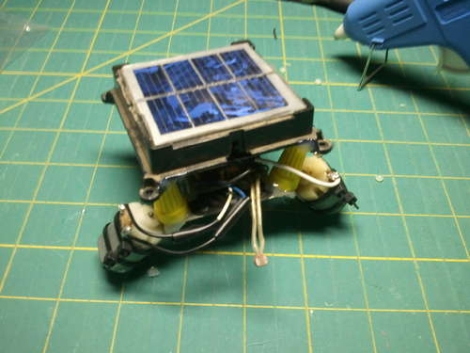[Robert] needed to weld metal tabs on a few batteries. In a proper manufacturing situation, this is usually done with outrageously expensive welders. Not wanting to spend thousands of dollars to attach bits of metal together, [Robert] built his own capacitive discharge welder for only $100.
Instead of the giant transformers you’d find in a spot welder, a capacitive discharge welder uses a huge bank of capacitors – greater than 1 Farad – to weld pieces of metal together. Huge caps like these are commonly used for ridiculous car stereo setups, so with the addition of a car battery charger purchased from Walmart, [Robert] had most of a welder on his workbench.
To control the mass of power coming from his huge cap, [Robert] used a 13o amp Silicon controlled rectifier to improve the control of his welder. With the battery charger, cap, and SCR, [Robert] only needed a few bits of heavy gauge wire to tie the entire build together.
[Robert]’s build welds metal tabs on battery terminals beautifully, but the possibilities don’t end there. This welder could easily be repurposed to build the skeleton of outrageously intricate dead bug circuits, or maybe even keeping that thing you made with your Erector set in one piece permanently.
















